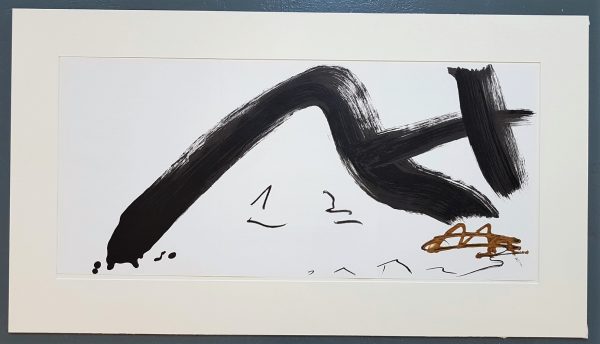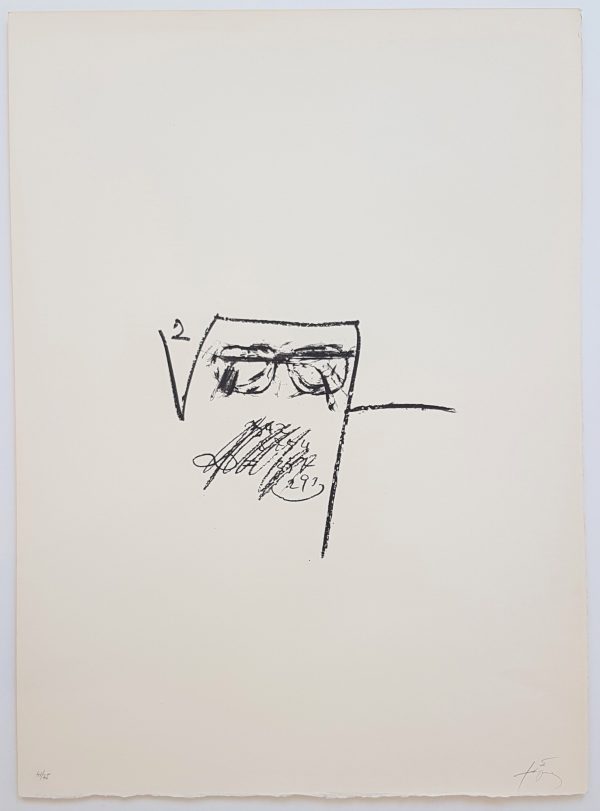No products in the cart.


Antoni Tàpies i Puig, 1st Marquess of Tàpies (Catalan; 13 December 1923 – 6 February 2012) was a Spanish painter, sculptor and art theorist, who became one of the most famous European artists of his generation.
The son of Josep Tàpies i Mestre and Maria Puig i Guerra, Antoni Tàpies Puig was born in Barcelona on 13 December 1923. His father was a lawyer and Catalan nationalist who served briefly with the Republican government. Due to this, Tàpies grew up in an environment where he was very much exposed to a cultural and social experiences of leaders in the Catalan public life and its republicanism. His maternal grandmother also exposed him to this world with her great involvement in civil and political activities. Tàpies was first introduced to contemporary art as he entered secondary school in 1934. He saw a famous Christmas issue of the magazine, D’ací i d’allà, which contained reproductions of works by artists such as Duchamp, Braque, Kandinsky, and Picasso. At 17, Tàpies suffered a near-fatal heart attack caused by tuberculosis. He spent two years as a convalescent in the mountains, reading widely and pursuing an interest in art that had already expressed itself when he was in his early teens.
Tàpies studied at the German School of Barcelona. After studying law for 3 years, he devoted himself from 1943 onwards only to his painting. In 1945 Tàpies began experimenting with more rinse materials. He would mix oil paint with whiting. At this time he also became increasingly interested in philosophy, especially that of Sartre as well as Eastern thought. He became known as one of Spain’s most renowned artists in the second half of the 20th century. His abstract and avant-garde works were displayed in many major museums all over the world. In 1954 Tàpies married Teresa Barba Fabregas. Together they had three children Antoni, Miguel and Clara. He lived mainly in Barcelona and was represented by the Galerie Lelong in Paris and the Pace Gallery in New York. Tàpies died on 6 February 2012. His health had been suffering since 2007.
Graphic work
Alongside his production of pictures and objects, from 1947 onward Tàpies was active in the field of graphic work. He produced a large number of collector’s books and dossiers in close association with poets and writers such as Alberti, Bonnefoy, Du Bouchet, Brodsky, Brossa, Daive, Dupin, Foix, Frémon, Gimferrer, Guillén, Jabès, Mestres Quadreny, Mitscherlich, Paz, Saramago, Takiguchi, Ullán, Valente and Zambrano. In Tàpies’s graphic work, he is interested with the materiality of a piece. He gravitates toward avoiding traditional processes and uses everyday imagery such as handprints and footprints as his subject matter. Tàpies enjoyed working with the concepts such as “high” art and “low” art. He uses embossing, flocking, and indentations with carborundum to help in defining the flatness of printmaking. He involves much painting, drawing, and collage in his prints as well as a number of earthy materials such as straw, sand, and dirt. To achieve the innovative techniques, Tàpies worked with specific publishers and printmakers who were inspired by his unique, groundbreaking ideas. His primary publishers are La Polígrafa in Barcelona, Erker-Presse in St. Gallen, and Galerie Maeght in Paris, Zurich and Barcelona. It was very important to Tàpies for his work to reach a wider range of people. His graphic work, was therefore quite important to him in this aspect.
Movements
Throughout the span of his life Antoni Tàpies has been associated with a number movements such as Art Informel and Haute Pâte or Matter Painting. He became a part of the avant-garde group Dau al Set in 1948 which was a group that had strong ties to Surrealism. Early works of his were surrealistic, but in 1953 he began working in abstract art. It is here that he becomes a part of the Art Informel movement and starts working with mixed media. Art Informel in Europe was the equivalent to Abstract Expressionism in America. This was among the most prevalent styles of art in post-war Europe. Within this movement is the category of Matter Painting. Its focus on the use of odd objects completely undermines the acts of traditional fine art. Some of Tàpies’s most famous and original works fall within this genre. They are characterized by his use of marble dust and clay that he mixed with his paints as well as the incorporation of found objects such as string, paper, and cloth. In the late 1960’s into the early 1970’s Tàpies began to be influenced by the movement of Pop Art. Because of this he began using larger items, such as pieces of furniture, in his works.
Showing all 3 results


